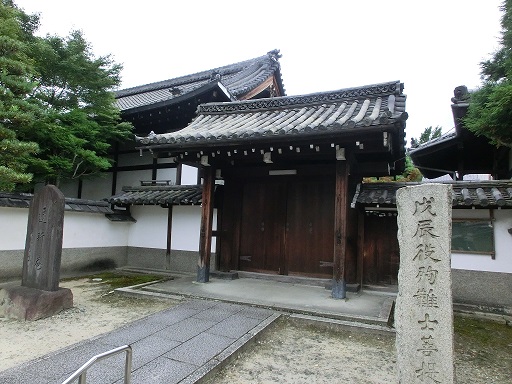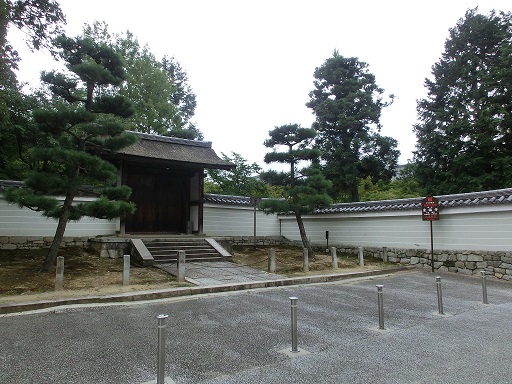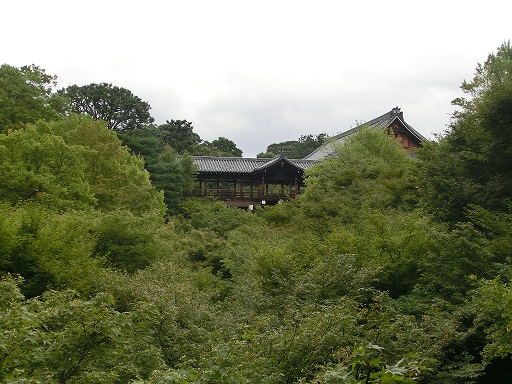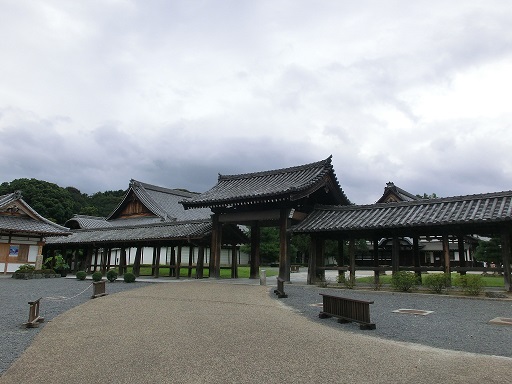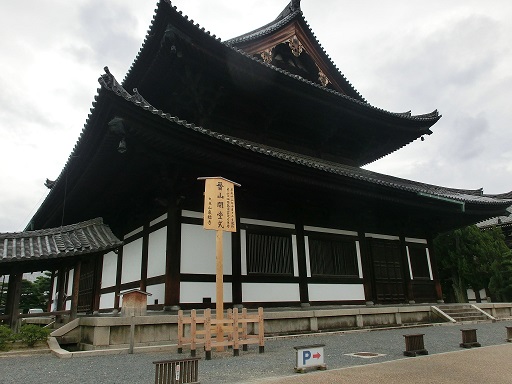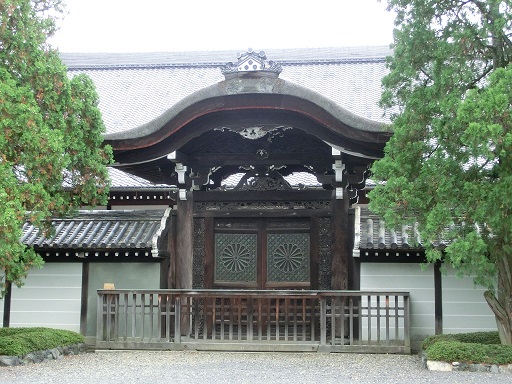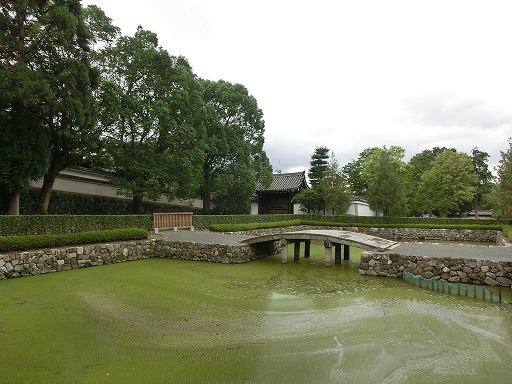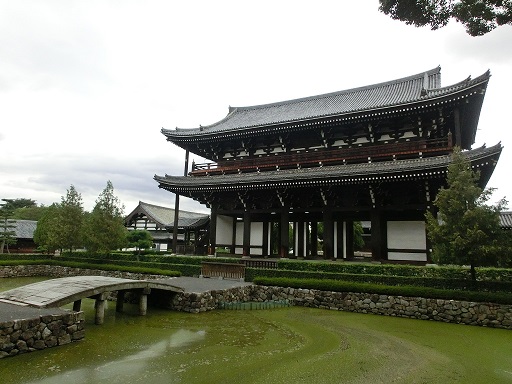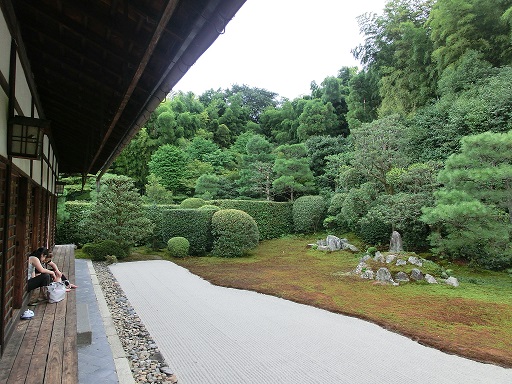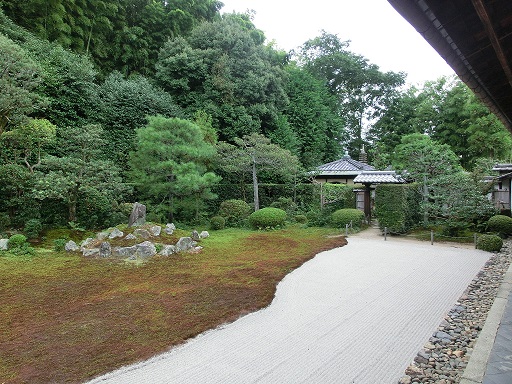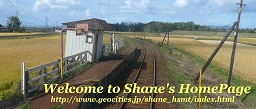|
Tofukuji Temple in Kyoto
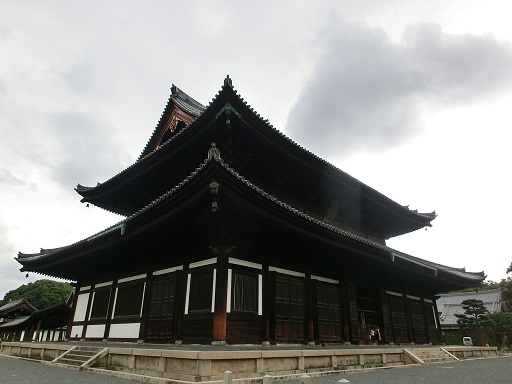
Tofukuji Temple was built in 1256 by KUJYO Michiie (1193 - 1252), who was in the prime minister position in the Kamakura Age (1185 - 1333) . Tofuku Temple was named after Todaiji Temple and Kofukuji Temple, which were two major temples since the Nara Age (710 - 794) , to be a major temple. In 1319, all the temple buildings were damaged by fire and rebuilt in 1346.Please refer the page of "Kofukuji Temple" in Nara: http://handejapan19.html.xdomain.jp/TravelDestinations/Kansai/KofukujiTemple_E.html If you walk from Tofukuji Station on the JR Nara and the Keihan Main Line, you will see "Hoku-Daimon" Gate. 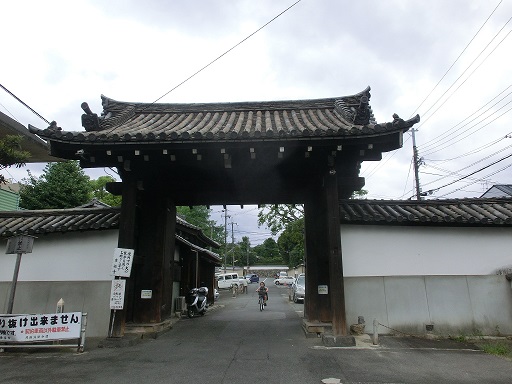
"Hoku-Daimon" Gate was built at the end of the sixteenth century. Behind "Hoku-Daimon" Gate, "Nioumon" Gate, Deva Gate, is located. 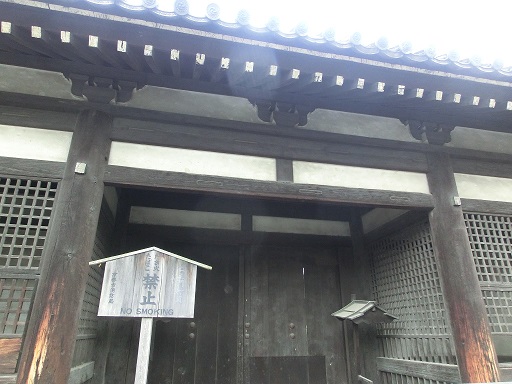
The Deva Gate was originally built in 1597 as of a gate of Sanshoji temple and was relocated to the current place in 1886. It is designated as an important property of Japan. After passing through "Hoku-Daimon" Gate and "Nioumon" Gate, you will see branch temples of Tofukuji Temple, located on the both sides of the street. The below left picture shows "Taikoan" Temple. Taikoan Temple was built in 1346 and rebuilt in 1599 by ANKOKUJI Ekei (1539-1600), who was a Rinzai Monk and a retainer of TOYOTOMI Hideyoshi(1537 - 1598). |
